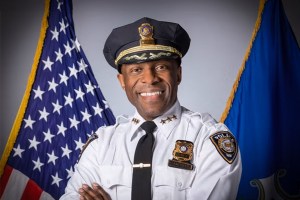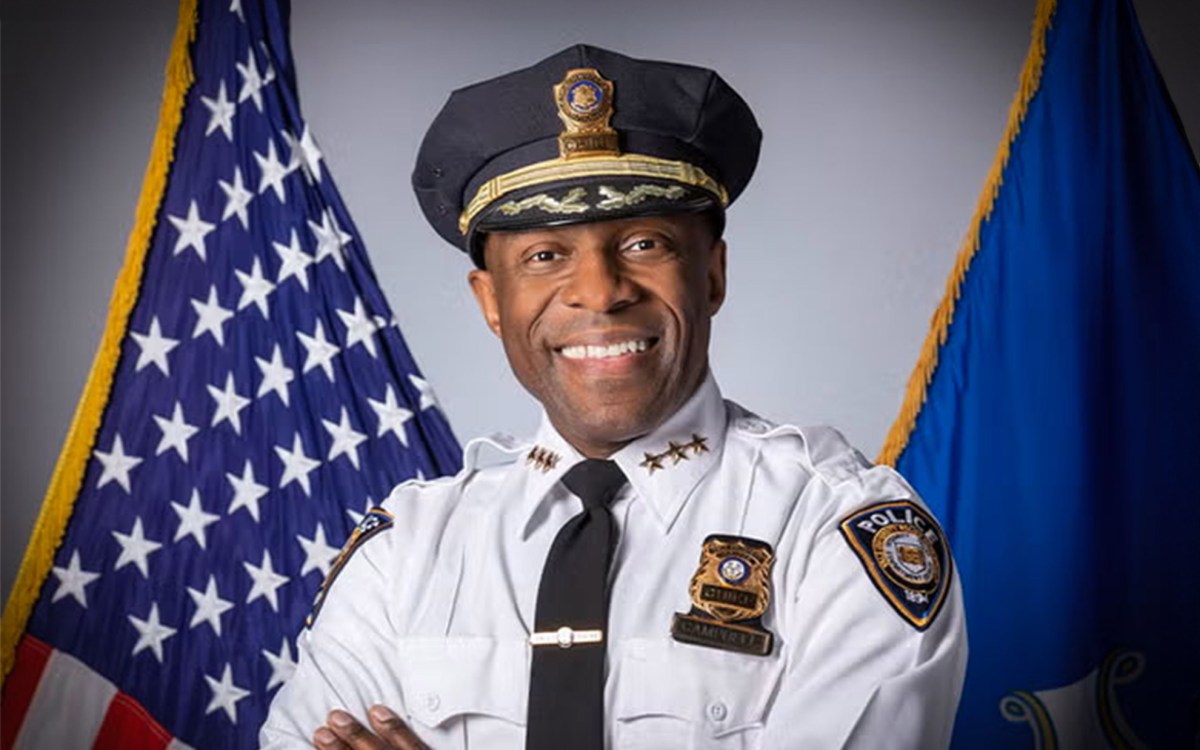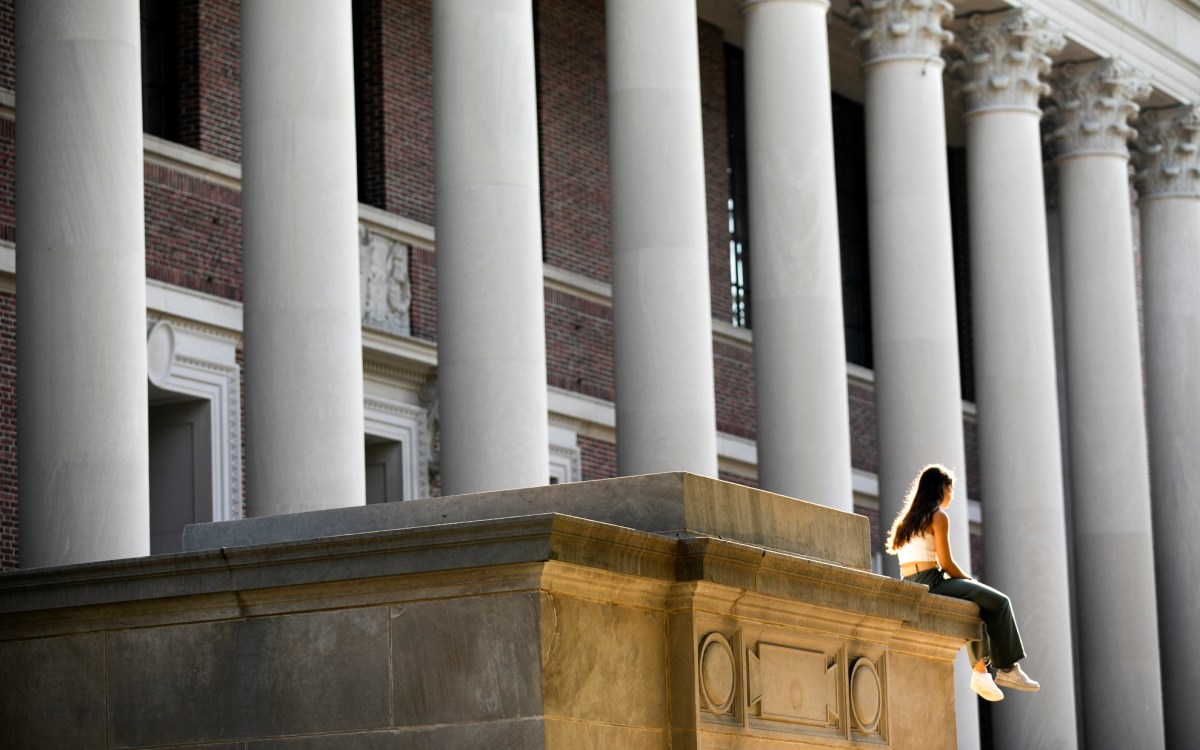John Max Rosenfield, 89
Memorial Minute – Faculty of Arts and Sciences
At a Meeting of the Faculty of Arts and Sciences on April 4, 2017, the following Minute was placed upon the records.
John Max Rosenfield, Abby Aldrich Rockefeller Professor of East Asian Art, Emeritus, was a pioneering historian of Asian art, whose half-century of scholarship on Buddhist sculpture, Japanese calligraphy, early modern painting, and modern Japanese art, among many other subjects, remains influential today. He was part of a generation that served in the Pacific during World War II, and he would later enter the field of Japanese studies, building academic and international programs for cultural exchange, translating foundational texts, and training several generations of prominent scholars.
Known as Jack to his close friends, Rosenfield was born in 1924 in Dallas, Texas. His father was an influential cultural critic for the Dallas Morning News, and Rosenfield was given wide exposure to the arts from a young age. In high school he showed an aptitude for painting, although later he would speak disparagingly of his own efforts, referring to his canvases as “regionalist landscapes with cacti and an occasional jackrabbit.”
Rosenfield was eighteen when the Pacific War changed the trajectory of his life. At the time he was enrolled at the University of Texas at Austin but would soon enlist in the Army’s Military Intelligence Division. Rosenfield went on to be stationed in Assam, north Burma, Sri Lanka, Thailand, and north India. As he would note many years later, “Asia has always been a living reality for me, never a bookish abstraction.”
After the war Rosenfield studied at the University of California, Berkeley, and then returned to Texas. Upon completing a Bachelor of Fine Arts at Southern Methodist University in 1947, he earned a Master of Fine Arts from the University of Iowa in 1949, funded by the G.I. Bill. The following year the Korean War pulled him back into service, and Rosenfield gained his first exposure to East Asia, with sojourns in Korea and then Japan. When he returned to the United States, Rosenfield eventually found his way into the art history program at Harvard. There he studied under Benjamin Rowland and earned his Ph.D. in 1959 with a dissertation on portrait statues of the Kushan kings, which was eventually published by the University of California Press in 1967.
Rosenfield joined the Harvard faculty in 1965 as a specialist in Japanese art. He was promoted to the rank of full professor in 1968, and six years later assumed the Abby Aldrich Rockefeller Professorship of Oriental Art. He served as chair of the Department of Fine Arts at Harvard and Acting Director of the Harvard University Art Museums before retiring in 1991.
Rosenfield’s earliest publications on Japanese sculpture were among his most influential works of scholarship. A series of articles during the 1960s showcased his remarkable ability to describe with precision three-dimensional forms and work outwards from artworks to complex ideas of Buddhist philosophy. During the following two decades he organized a series of exhibitions that showcased, in many instances for the first time, important works of Japanese art at Harvard and from private collections. These endeavors resulted in important catalogues on the arts of the Heian period (1967), the Powers collection (1970), the Hofer and Hyde collection (1973), the Drucker collection (1979), Japanese calligraphy (1984–85), and Todaiji Temple (1986).
In retirement Rosenfield continued to write prolifically, authoring a series of monographs on long-standing interests: eccentrics in Edo painting (1999), the literati painter Yosa Buson (2003), and his greatest passion, the monk Shunjōbō Chōgen, who was responsible for rebuilding the Great Buddha in Nara during the late twelfth century (2011). It is a testament to Rosenfield’s extraordinary commitment to and love for his craft that his final publication, on the seventeenth-century Japanese sculptor Tankai, was completed just before his passing at age 89 and posthumously published by Princeton University Press.
Rosenfield’s service to the field was immense and multifaceted. He served as trustee or board member of numerous institutions, including the Museum of Fine Arts, Boston, the Asia Society Galleries, the Japan Society of New York, the Center for Advanced Study in the Visual Arts, and the Metropolitan Center for Far Eastern Art Studies in Kyoto. Recognition of his achievements extended to Japan, where he had many close friends and lifelong intellectual partnerships with scholars and curators. In 1988 he was awarded the Order of the Rising Sun from the Japanese Government for advancing mutual understanding between Japan and the United States. In 2001 he was awarded the Yamagata Banto Prize for the promotion of Japanese culture internationally. These distinctions culminated in his receipt of the Charles Lang Freer Medal from the Smithsonian Institution in 2012, an award that has only been given out thirteen times since 1956.
Rosenfield had boundless energy and curiosity. Following Archilochus (by way of Isaiah Berlin), he referred to himself disparagingly as the fox as opposed to the hedgehog, citing that “the fox knows many things, but the hedgehog knows the one great thing.” He was exceedingly humble with regard to his own achievements, and unfailingly generous to anyone with whom he engaged.
Rosenfield was quick-witted and affable, but also experienced sadness and loss throughout his life, beginning with the death of a younger brother in his teens and continuing with the untimely death of his son, Paul Thomas (1960–1994). He and his wife, Ella Ruth Hopper Rosenfield, lived in Arlington, Massachusetts, for more than forty years, and in his late years he cared for Ella when she began suffering from the effects of dementia, until her death in 2011. He died due to complications from a stroke two years later, and is survived by his daughter, Sarah Anne.
Professor Rosenfield mentored countless students, curators, and scholars from all over the world, and he continued to advise faculty and graduate students at Harvard well after his retirement. In the words of one of his former students, “John Rosenfield taught me Japanese art history as no one else can, and made a university as gigantic as Harvard feel like a small college.”
Respectfully submitted,
Melissa McCormick
Eugene Wang
Yukio Lippit, Chair




